FAQ: Getting started with PhenoTyper
What is the best lighting for my experiment? How do I clean my system? Can I use any bedding for my set up? These are all valid questions when you are starting out with PhenoTyper. In this blog we will cover some of the most asked questions.
Posted by
Published on
Tue 29 Apr. 2025
Topics
| EthoVision XT | Mice | PhenoTyper | Rats | Automating Behavioral Observations | Home Cage |
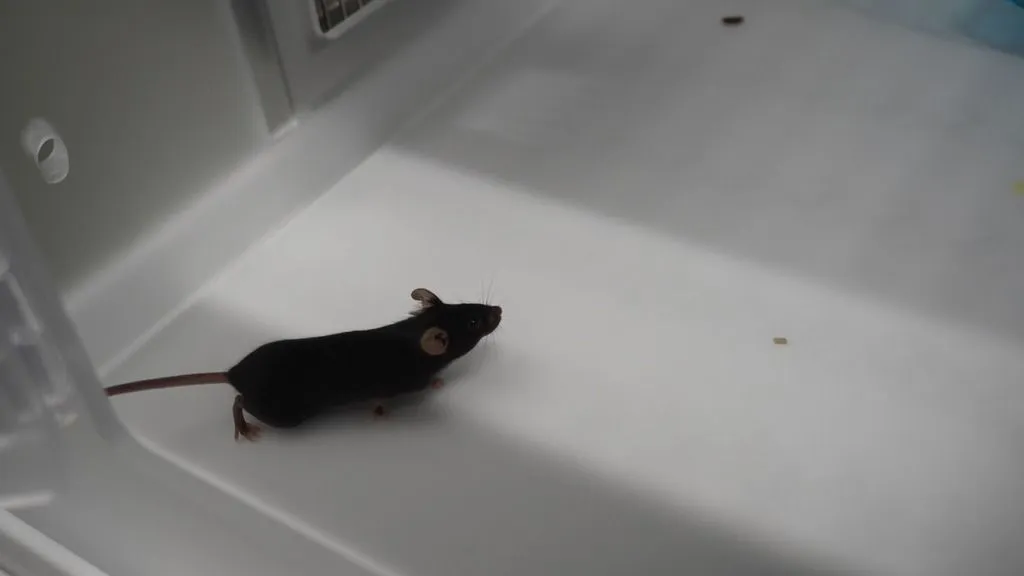
PhenoTyper is the ideal environment for a plethora of behavioral tests. Setting up your system in the proper way is crucial for obtaining the highest quality data. To help you out we have outlined the questions we most often receive from customers. After you read this blog, you have a better understanding of the day-to-day usage of PhenoTyper. If you have any additional questions, feel free to ask a question here.
1) How do I correctly set up my lighting?
To get the best data from your experiment you need to have the correct lighting.
Lighting has a big impact on both your data quality and your animals’ behavior.
Rodents are nocturnal, therefore they’re more active in the dark. So, if the lighting in your cage is too bright or uneven,
it can stress your animals and lead to unreliable data. It can also interfere with EthoVision XT's tracking accuracy, especially if there
are shadows or glare in the cage.
Here is what to keep in mind:
- Use consistent lighting across the entire cage
- Keep light intensity below 350 lux (and below 60 lux for albino rodents)
- Avoid sudden light flashes or changes that could startle your animals
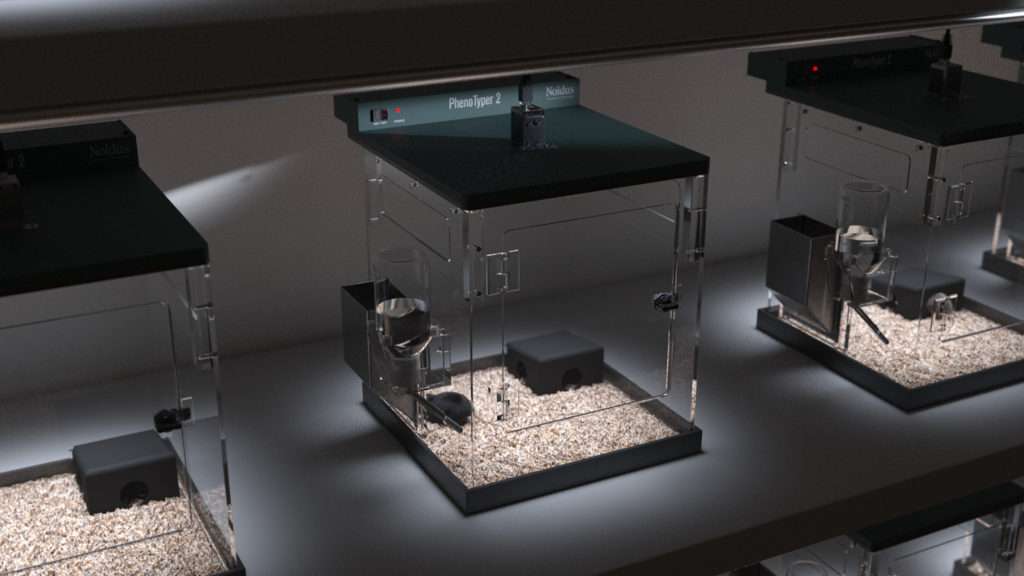
Luckily, PhenoTyper 2 has built-in lighting for each cage. This makes it trivial to have a constant environment across all cages. Furthermore, with EthoVision XT you can program the day/night cycle to fit seamlessly with your experimental design. No timers or manual switching are needed, making sure your animals are undisturbed all the while you are saving time by automating your experiment.
And thanks to the infrared camera, you can even track your animals in complete darkness. This is ideal for observing natural nighttime behavior. Because of their natural nocturnal cycle, observing behaviors during the night period can result in more relevant data.
2) What bedding should I use?
When you're running longer-term studies, it’s a good idea to add bedding and
nesting material to your PhenoTyper setup. This helps maintain a clean environment and supports more natural
behavior in your animals. However, the type of bedding you choose can directly impact how well you can track
your animals.
The key is to make sure there’s enough contrast between the animal and the cage floor
so that EthoVision XT can accurately detect and follow movement. Here’s what we recommend based on what we’ve tested in-house:
- For dark-colored rodents (black or brown): Use light-colored wood chips on a white PhenoTyper floor. This combination creates strong visual contrast with the animal’s fur. We’ve had good results using 5x5x1 mm wood chips from ABEDD® – LAB & VET Service GmbH.
- For white rodents: You’ll need a darker background, which can be trickier with bedding. One solution that works well is using Paperchip pellets from LBS Biotech. Under infrared lighting, these pellets appear dark, allowing white mice to stand out during tracking.
If you decide to try a different bedding or nesting material, just make sure it doesn’t interfere with tracking. The most important thing is maintaining clear contrast between the surface and the animal for consistent detection.
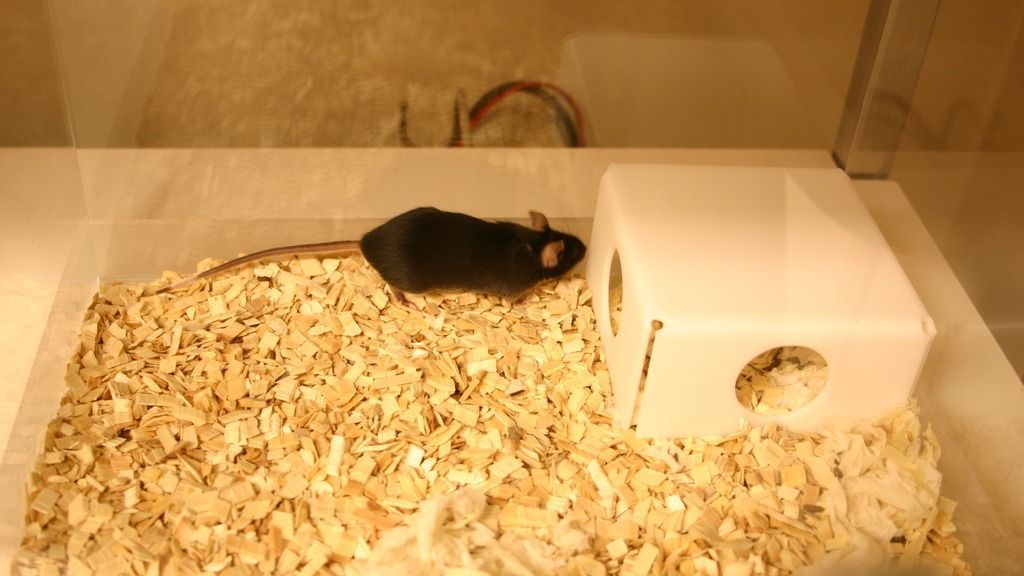
3) How do I clean my PhenoTyper?
If you decide to try a different bedding or nesting material, just make sure it doesn’t interfere with tracking. The most important thing is maintaining clear contrast between the surface and the animal for consistent detection.
- Use gentle cleaners. Clean the cage walls and bottom with water and mild soap, or alcohol-free wipes if the material is sensitive. Always dry all surfaces completely to prevent interference with tracking. Do not use autoclaves to sterilize or clean the cage walls or any component.
- Follow chemical guidelines for deep cleaning. For tests that require more rigorous disinfection, only use the approved chemicals listed in your PhenoTyper reference manual. You can find this document in MyNoldus.
- Clean each part separately. Disassemble all components—walls, bottom plate, and add-ons, and clean them individually to maintain hygiene and performance.
- Be careful with the top unit. Wipe the top unit, including the camera housing, only with a damp cloth. Avoid any liquids or cleaning agents near the electronics and connectors.
- Tip from us. Consider using a second bottom plate. You can prepare it with fresh bedding and swap it in immediately, saving time while the other one is being cleaned.
FREE E-BOOK: Basic behavioral neuroscience in rodents
Want to know more about homecage testing and other aspects of rodent research? Then, download our free e-book.
- Including protocol suggestions
- Theory behind behavioral paradigms
- Why and how to test these behaviors
4) Where can I learn more about using PhenoTyper?
We hope this guide has helped you get started with confidence. If you’ve made it this far, you’re either really into rodent behavior research, or you’re looking for a bit more guidance (or both!). Good news: we’ve got plenty of resources to support you as you continue working with PhenoTyper and EthoVision XT.
Here is where to go next:
- → Use the built-in templates in EthoVision XT. These include ready-to-use setups for PhenoTyper experiments, helping you start faster and making it easier to share protocols with others in your lab.
- → Check out Noldus Academy. Our online training platform walks you through setting up and analyzing experiments in EthoVision XT. It’s perfect for onboarding new students or colleagues, and even seasoned users can use it to brush up on best practices. It’ll save you time explaining, and help everyone get the most out of the software. You can find it here:
- → Watch a webinar. We offer a wide selection of in-depth webinars covering all aspects of research in PhenoTyper—from study design to data interpretation. These are a great way to dive deeper into the “why,” “what,” and “how” of behavior studies. Want a good place to start? Watch this one we picked out just for you.
Related Posts
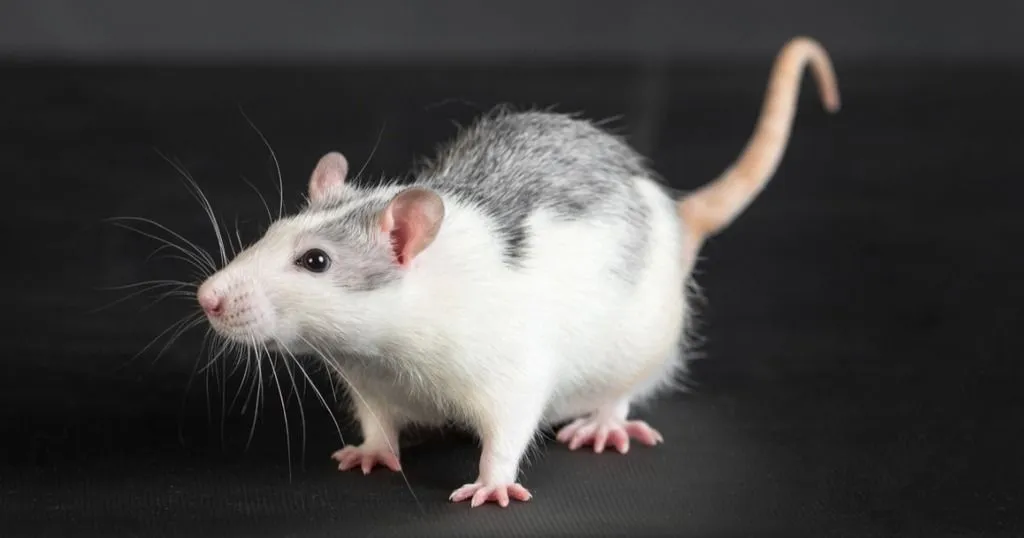
How Automatic Rat Behavior Recognition was developed
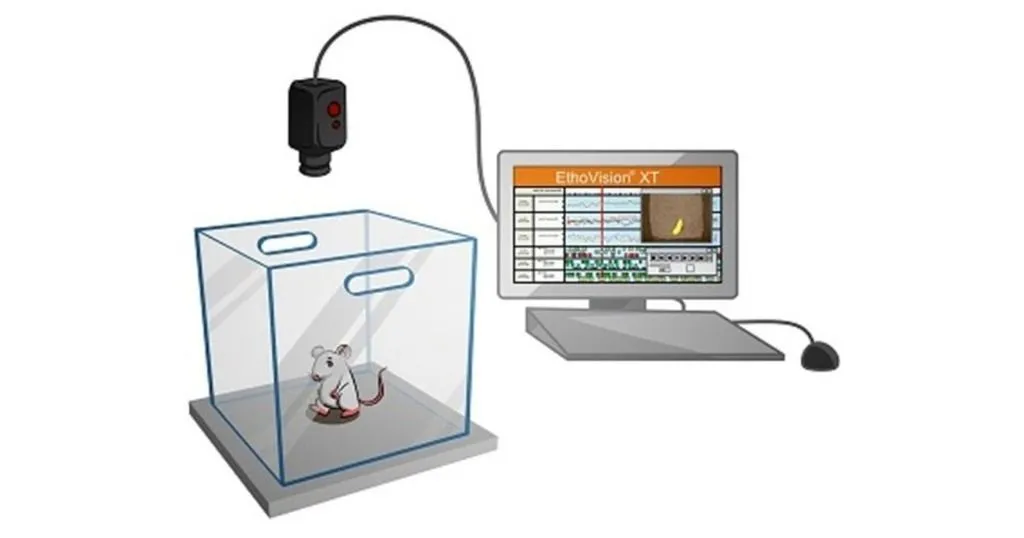
EthoVision XT and the open field test
